Supply Chain Report – 10/08/2025
The European Union’s executive arm has proposed a major revision of its steel import policy, seeking to protect domestic manufacturers from growing global competition. The plan includes halving the bloc’s quota for tariff-free steel imports and doubling tariffs on imports exceeding that limit — a move signaling a significant shift in Europe’s trade stance.
Under the new proposal, the tariff-free quota for steel imports would drop to 18.3 million tons annually, nearly 50% below the 2024 limit. Imports above that threshold would face a 50% tariff, up from the current rate of 25%.
European officials say the decision aims to address global overcapacity in steel production, particularly as low-cost imports from major producers increasingly dominate international markets. The European Commission emphasized that the adjustment seeks to “safeguard fair competition” and “ensure the stability of Europe’s industrial base.”
Protecting Europe’s Steel Industry
European Commission President Ursula von der Leyen stated that “global overcapacity is damaging our industry,” highlighting concerns that inexpensive imports have eroded local production and led to job losses across the 27-nation bloc.
The European Union’s steel sector, the third largest in the world, employs around 300,000 workers directly and supports a vast supply chain in construction, automotive, and machinery manufacturing. However, the industry currently operates at 67% capacity, well below the healthy threshold of 80%, according to commission data.
Germany, home to Europe’s largest steel industry, stands to benefit the most from the proposal, which could help stabilize prices and preserve employment. Still, experts caution that higher tariffs may drive up steel costs for European manufacturers and potentially lead to short-term supply shortages.
Thilo Brodtmann, head of Germany’s Mechanical Engineering Association, supported the initiative to reduce reliance on imported steel but urged additional steps to improve competitiveness. “Protective measures are not enough,” he said. “Reducing bureaucracy and lowering energy costs would strengthen all industries competing globally.”
Impact on Trading Partners
While the European Union focuses on protecting its domestic industry, the new tariffs could strain trade relations with key partners, particularly the United Kingdom.
Britain exports roughly two million tons of steel annually to the E.U., accounting for about half of its total steel output. Industry leaders in the U.K. have voiced concern that the new 50% tariff rate could severely impact sales, profitability, and employment within the sector.
“This is perhaps the biggest challenge the U.K. steel industry has faced in decades,” said Gareth Stace, Director General of UK Steel. “Our government must use its trade relationship with the E.U. to secure favorable quotas.”
The British government has requested clarification from the European Commission about the potential impact of the proposal. “We are pushing the Commission for urgent clarification of how this decision affects our exporters,” said Chris McDonald, Britain’s industry minister.
E.U. Trade Commissioner Maros Sefcovic stated that the European Union would “engage bilaterally with U.K. partners” to ensure open communication during the policy’s review process.
Broader Economic and Policy Implications
The proposal represents part of a broader global shift toward more protective trade policies. As nations reassess their industrial strategies, higher tariffs in one region can trigger similar responses elsewhere — a trend analysts refer to as a “domino effect” in global trade.
Carsten Brzeski, global head of macroeconomic research at ING, said the policy illustrates a significant change in Europe’s trade philosophy. “It’s a clear move away from traditional free trade and toward greater protection of key industries,” he noted. “After decades of promoting liberalized trade, the E.U. is now prioritizing strategic resilience.”
The European Commission consulted with steel producers and industrial groups during the summer before finalizing the proposal. Officials argue that while higher tariffs may initially raise prices, they could encourage more local production, create new industrial investments, and strengthen Europe’s long-term manufacturing base.
What Comes Next
The proposal is expected to undergo review by member states before implementation. Industry observers anticipate further negotiation regarding how the reduced quota and tariff structure will be distributed among E.U. trading partners.
For now, the initiative underscores the European Union’s balancing act between protecting industrial competitiveness and maintaining stable trade relations.
If approved, the policy could reshape global steel trade flows and set a precedent for future protective measures in other strategic sectors.
#TradeNews #EconomicPolicy #EUTrade #SteelIndustry #SupplyChainNews

















